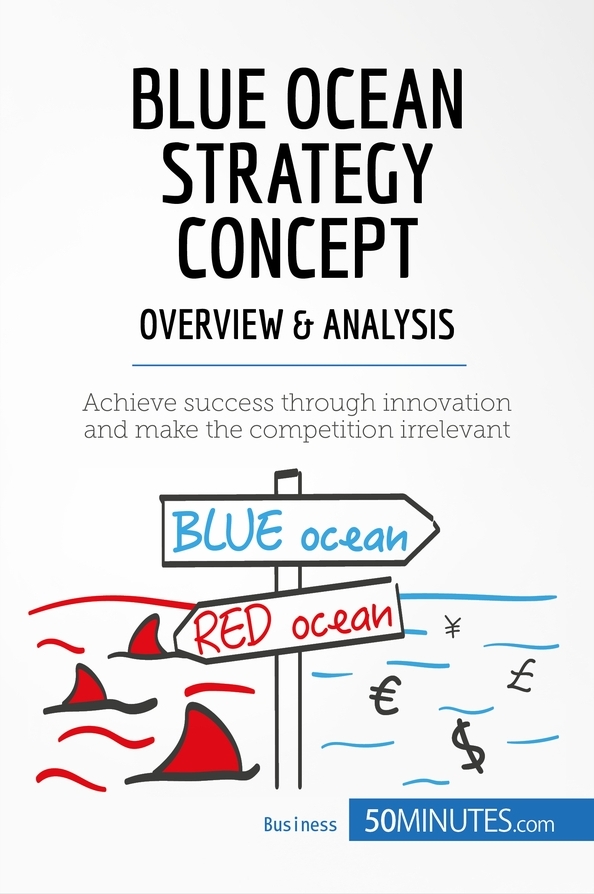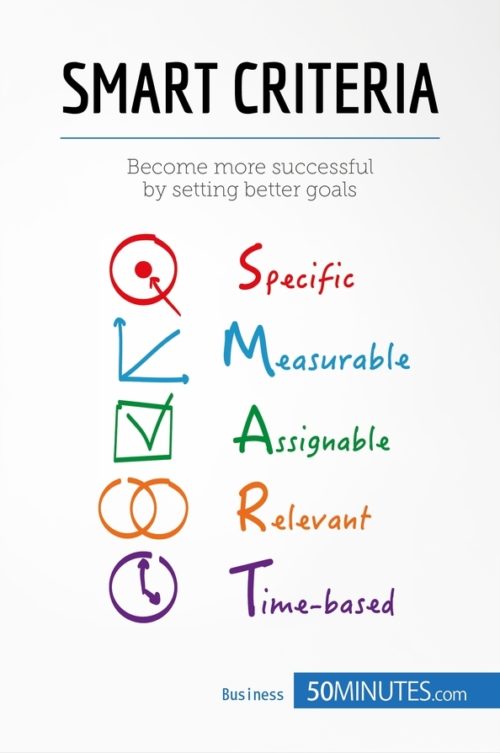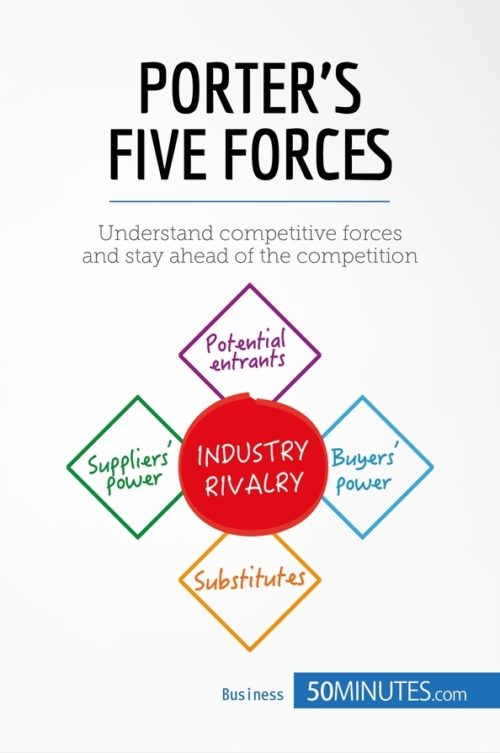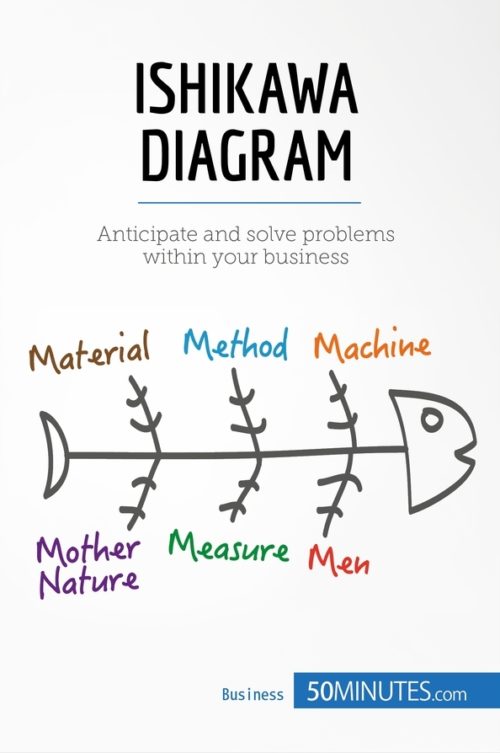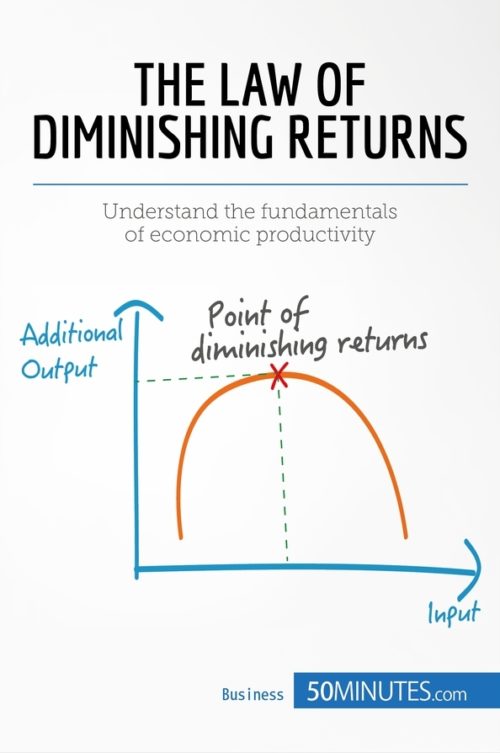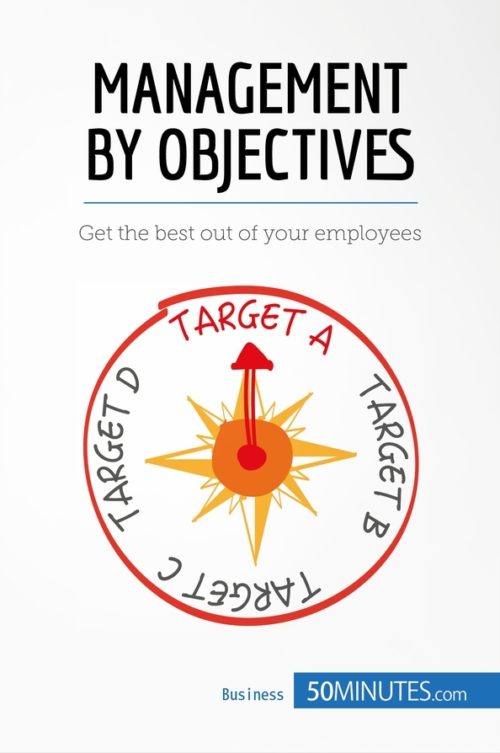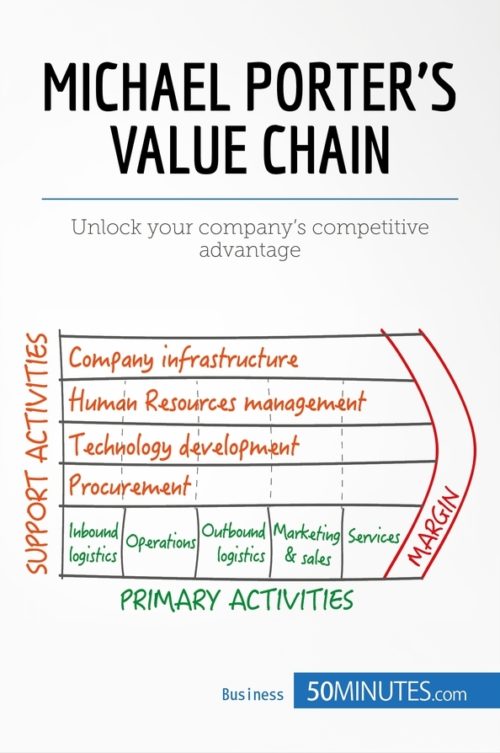Blue Ocean Strategy Concept - Overview & Analysis
Blue Ocean Strategy Concept – Overview & Analysis
$4.99
Read more
Understand the essentials of the Blue Ocean Strategy Concept in just 50 minutes with this practical and concise book. The Blue Ocean Strategy is a concept which was developed by W. Chan Kim and Renée Mauborgne and combines strategy, marketing and innovation. The strategy redefines the classic method of representing development strategies and encourages businesses to use value innovation to break free from the crowd .
This book will provide you with a handy introduction to the Blue Ocean Strategy and familiarise you with the concepts of ‘blue oceans’ and ‘red oceans’, encouraging you to look at business in a new light. It also contains real-life case studies, information about the tool’s shortcomings, including its lack of cohesion, and an introduction to related models, such as the concepts put forward by Michael E. Raynor and Clayton M. Christensen in their first book.
About the Blue Ocean Strategy Concept
The Blue Ocean Strategy is a concept which aims to distance a business from the competition and guarantee better performance. It introduces the concepts of ‘blue oceans’, which are undeveloped markets ripe for exploitation, and ‘red oceans’, which are markets that are already saturated. The strategy advises leaving these ‘red oceans’ for the more profitable seas of the ‘blue oceans’.
In this book, you will discover how the Blue Ocean Strategy can help your business to identify untapped markets, learn how to better exploit them, and use your results to develop your company in a new strategic space. A clear explanation of the benefits and potential drawbacks of the method, a discussion of a practical case study, and an introduction to related models will give you the tools you need to tailor your approach to your situation.
This straightforward and accessible 35-page book is structured as follows:
- Introduction to the Blue Ocean Strategy Concept
- Theory
- Red oceans vs. blue oceans
- Switching oceans using value innovation
- Complete re-evaluation
- Excluding, reinforcing, reducing and creating
- Limitations and extensions of the Blue Ocean Strategy Concept
- Blue ocean strategy: a guide rather than a revolutionary method?
- Innovation, from the economy to the business: related models
- Practical application of the Blue Ocean Strategy Concept
- Advice and best practices
- Case study: the Wii, Nintendo’s blue ocean
- Summary
Product details
| ISBN | 9782806264664 |
|---|---|
| Publisher | Plurilingua Publishing |
| Serie | 50MINUTES.COM – Business |
| Format | |
| Pages | 30 |
| File size | 3.1 MB |
